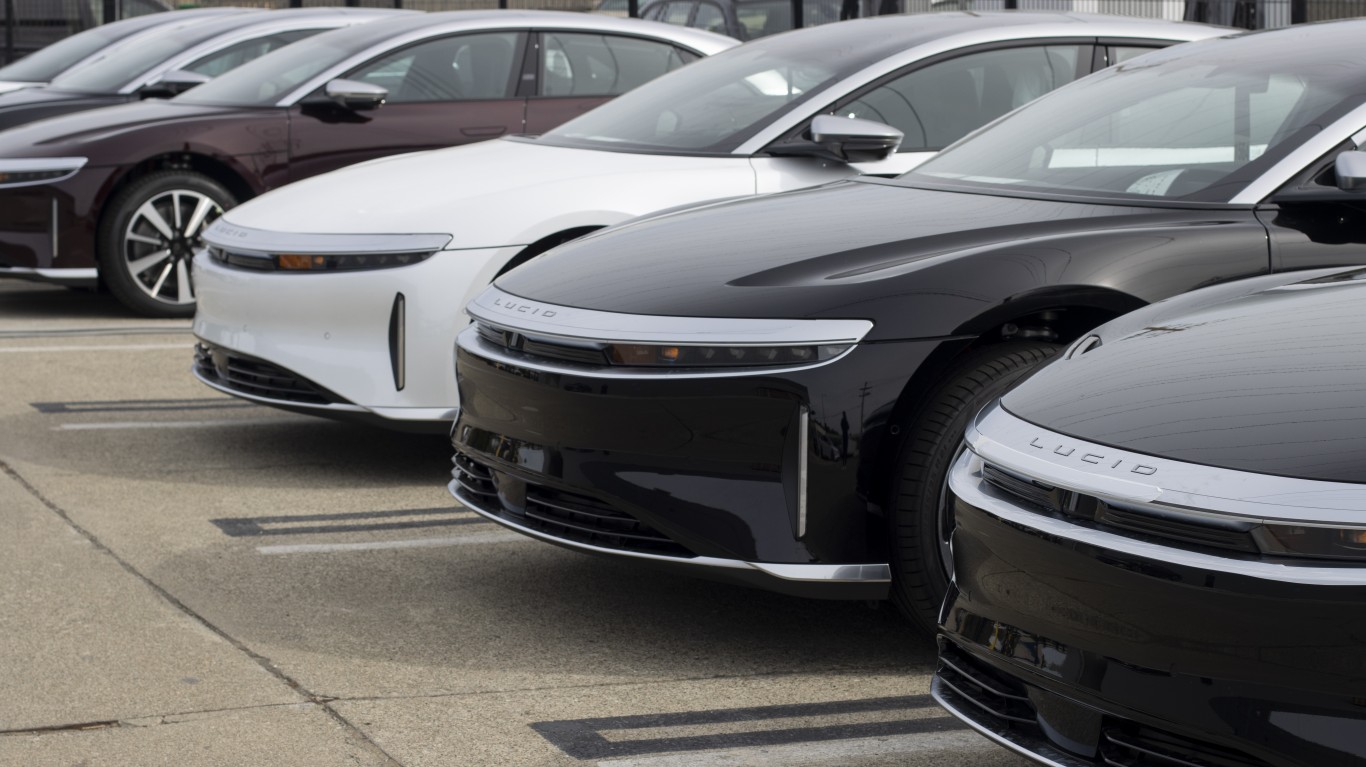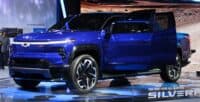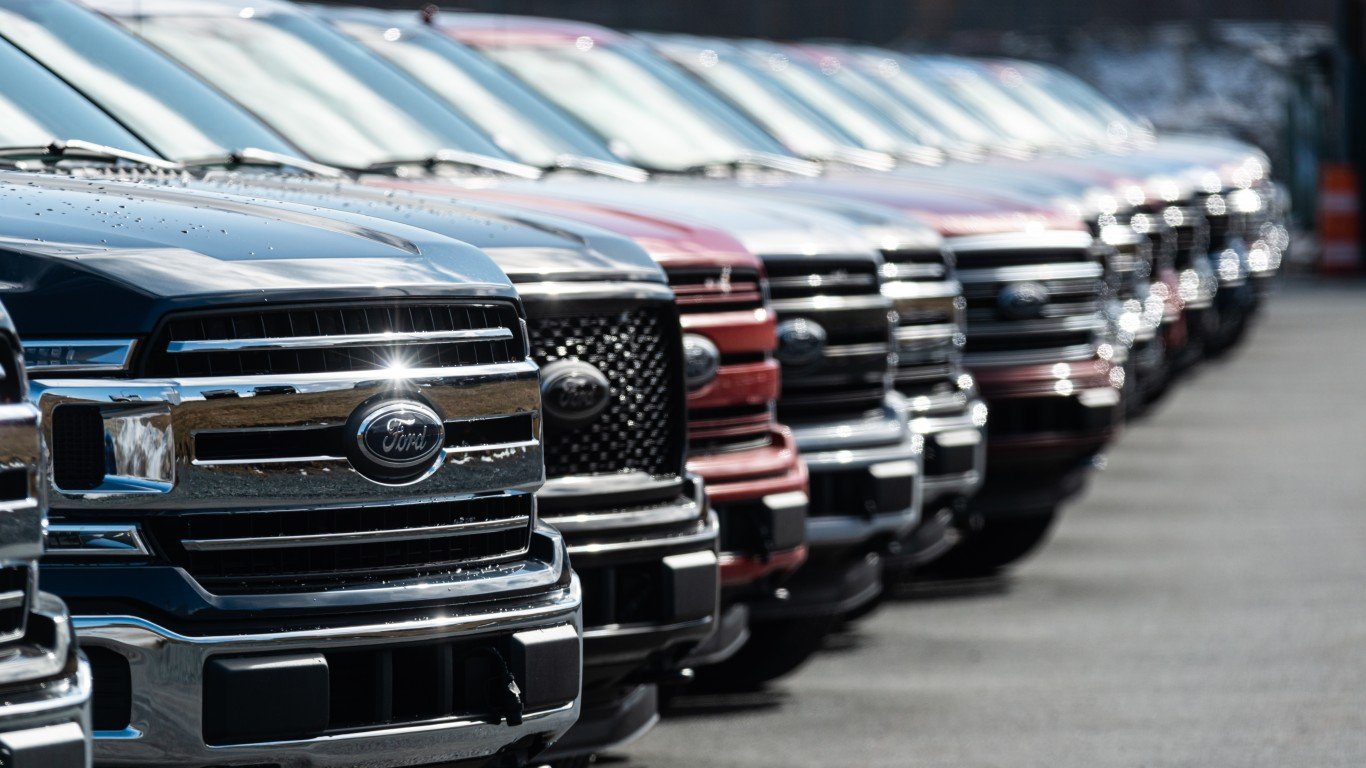

America loves trucks. It’s just a fact, and the Ford F-150 (NYSE: F) reigns supreme in many areas of the country. For decades, it’s been one of the best-selling trucks around, and it seems that its popularity is enduring today.
But, like any truck, the Ford F-150 isn’t perfect. While there are many good things about this truck, there are many bad (and ugly) things about owning one, too.
We’ll look at the strengths that made the F-150 what it is today below, as well as the downsides you should consider before purchasing one.
Why We’re Covering This

Cars are massive investments. Making the right financial decision is important, especially when discussing an expensive truck like an F-150. This article should help you determine if this is the right truck for you.
Capability
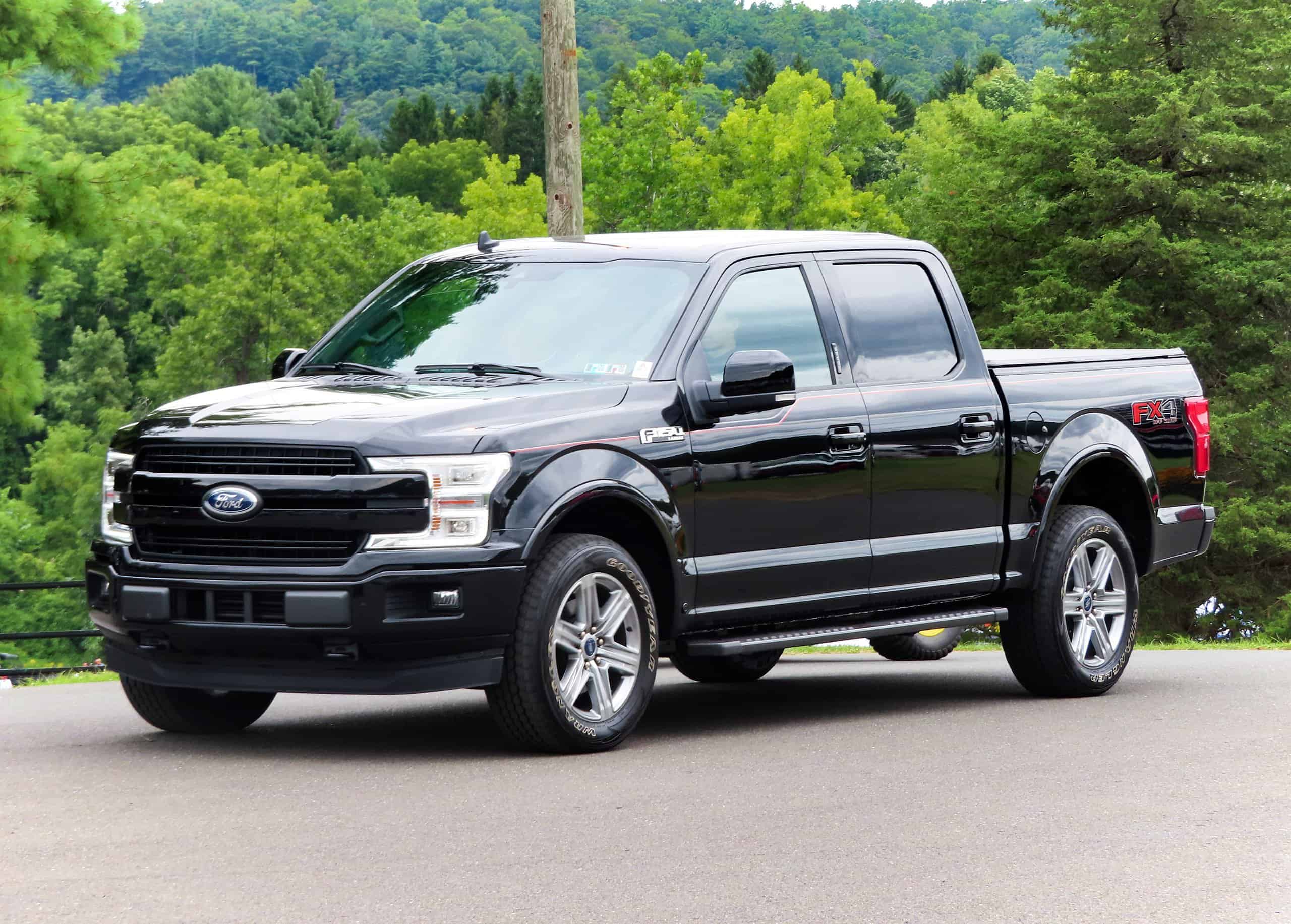
The F-150 is, above all, a capable truck. Whether you’re a contractor who spends your days hauling equipment or an adventurer looking for a truck that can keep up with you, the F-150 is exceedingly good at getting the job done.
F-150 boasts best-in-class towing capacities, reaching up to a staggering 13,500 pounds when properly equipped. Of course, this much power also comes with an added cost.
This truck can also be equipped with a powerful engine. But, again, that depends on how you customize it.
The F-150 offers various 4×4 drivetrains, too, and features an electronic locking differential for tackling challenging terrain.
All of these features are put onto a high-strength steel frame and a military-grade aluminum alloy body. Simply put, this truck is plenty capable, even with heavier loads.
Versatile
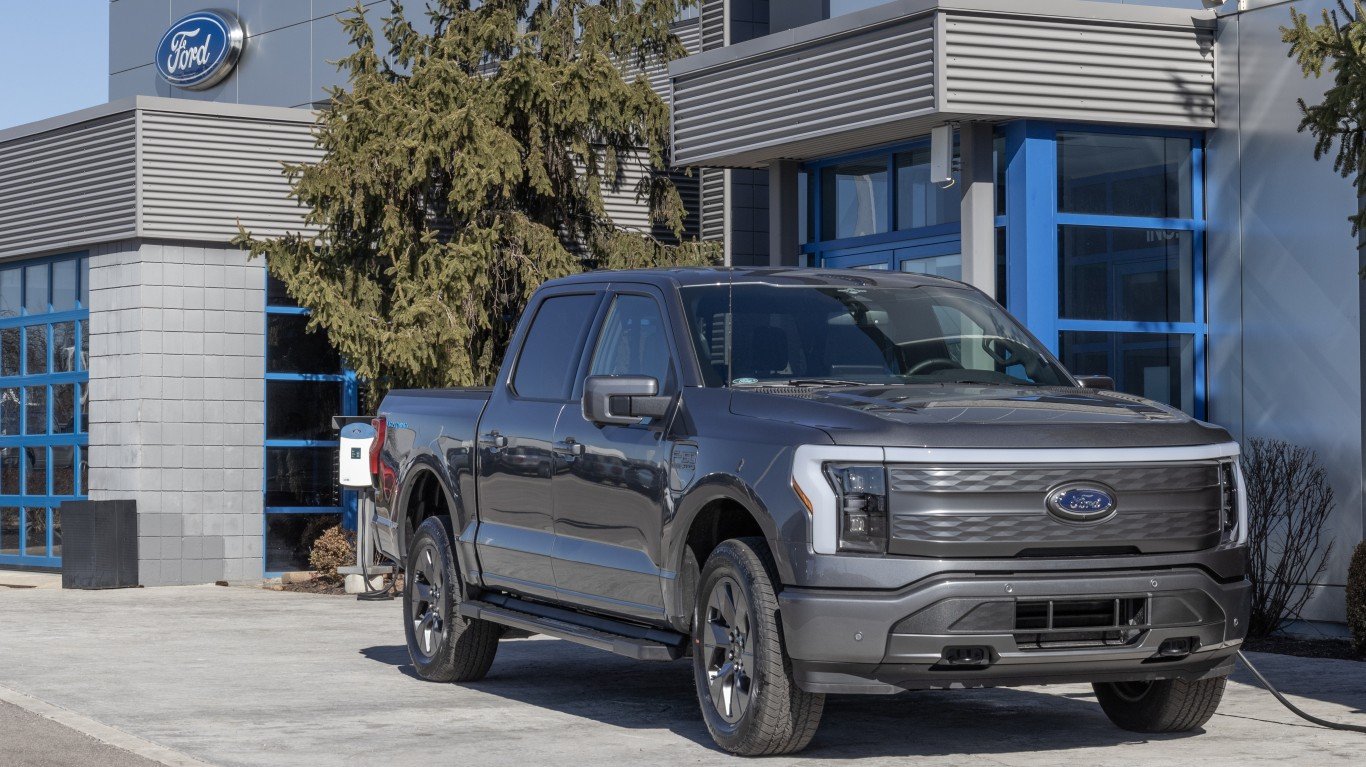
The F-150 is also incredibly versatile. You can choose from many cab styles to suit your passenger needs. Regular cabs offer the biggest bed space, but you can also choose a SuperCrew cab to fit up to five passengers.
Some of these cabs even transform for more versatility. For instance, some seats are designed to fold up or away, while some models come with lockable under-seat storage.
There are also many bed sizes. You can choose a short bed for added maneuverability or a longer bed for extra hauling space.
Technology
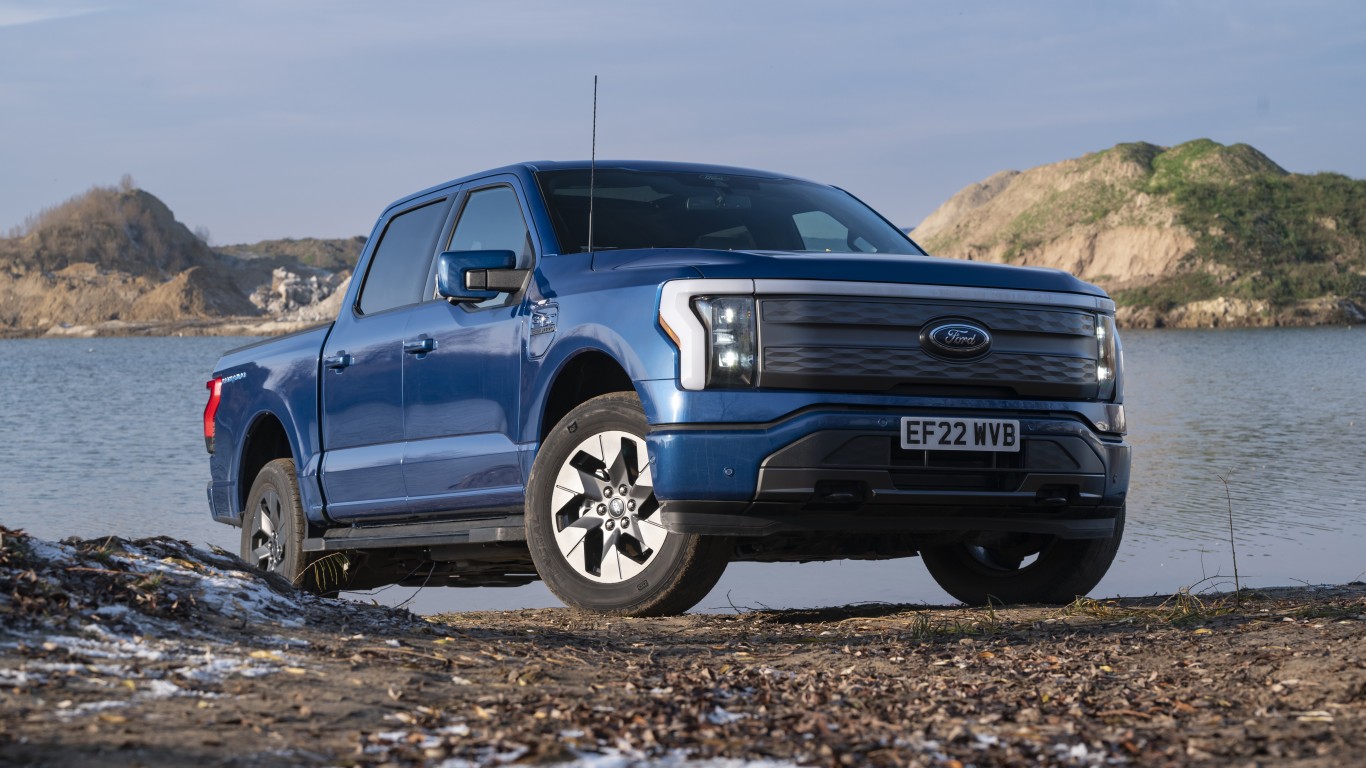
While the F-150 has been around for a long time, Ford is constantly innovating and adding new technology. Currently, the F-150 offers a comprehensive package of driver-assistance features like automatic emergency braking, lane departure warnings, and blind-spot monitoring. These features are almost necessary in a truck as big as this.
For those who use their F-150 for work, features like the Pro Trailer Backup Assist and onboard scales with trailer weight estimation streamline towing and hauling tasks, maximizing your efficiency.
Durability
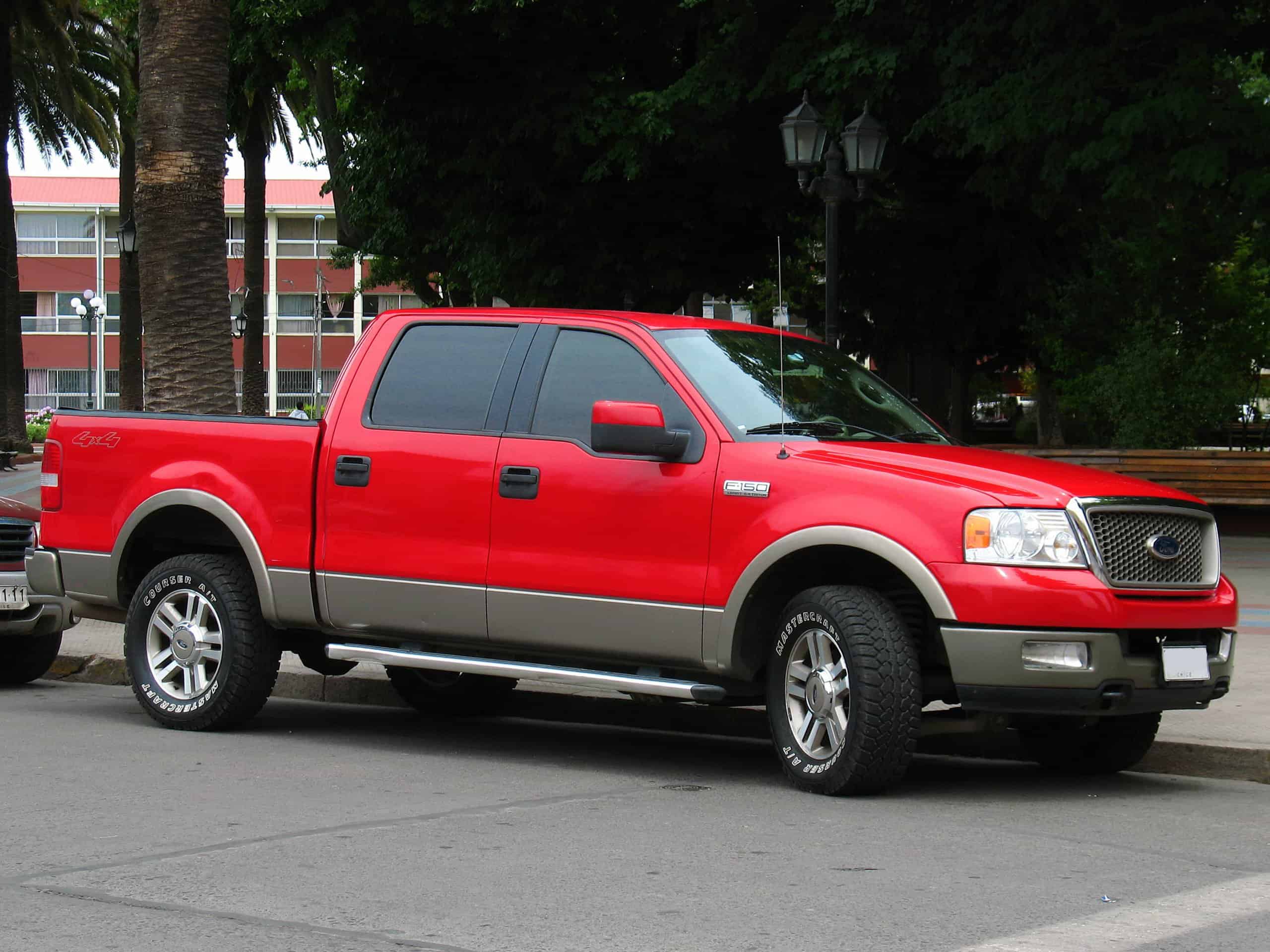
As we’ve briefly mentioned, the F-150 is built on a high-strength steel frame, allowing it to haul heavy loads and withstand tough terrain. The body panels are made with aluminum alloy, making them incredibly resistant to corrosion.
All of this durability translates to excellent resell value. F-150s are known to hold their value very well, especially for those who need a truck of this caliber.
Customization
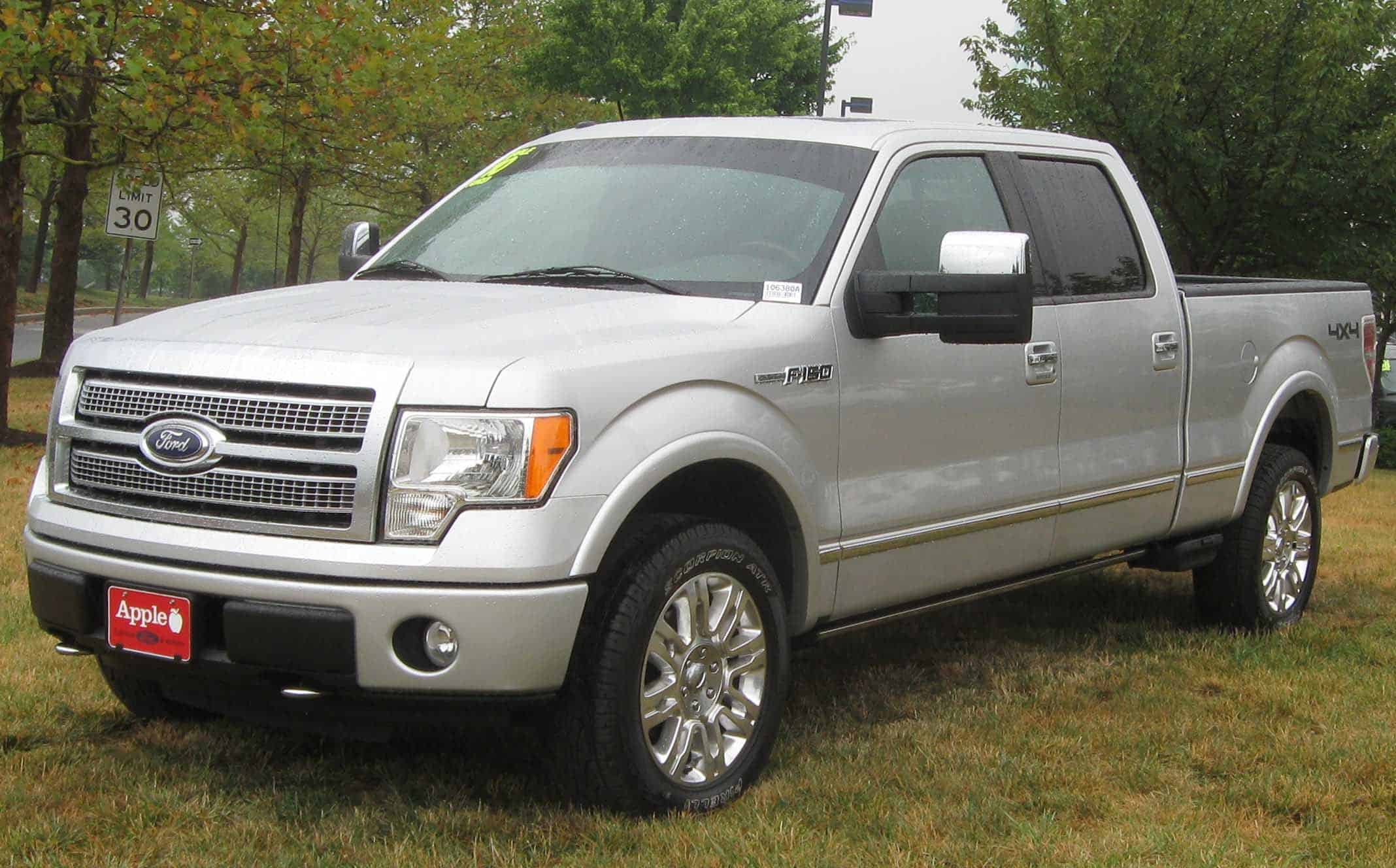
The F-150 comes with tons of different factory options. From the base XL to the luxurious Limited, Ford offers many trim levels with unique features and aesthetics. You can even choose from add-ons like chrome accents, off-road packages, or luxury interiors.
You’ll also find extensive aftermarket support for the F-150, allowing you to take customization to the next level. Suspension lifts, performance upgrades, custom wheels, and many visual enhancements allow you to personalize your truck beyond what the factory offers. You can do tons with this truck.
You can also customize the technology in your truck. Select an infotainment system with advanced navigation capabilities, advanced safety features, and different sound systems.
Fuel Economy

The F-150 isn’t known for fuel efficiency, and for good reason—it’s a huge truck! While some engine options are a bit more efficient, the sheer size of these trucks leads to a similarly sized gas station bill.
For instance, the traditional V8 engine offers impressive towing and hauling capabilities, but its fuel efficiency is atrocious. Expect mileage figures in the low teens for city driving and potentially reaching the high teens on the highway.
The EcoBoost V6 engine is supposed to be more fuel-efficient, but don’t get your hopes up too much. Your mpg rating may hit the mid-20s, but that’s about it.
Ride Quality
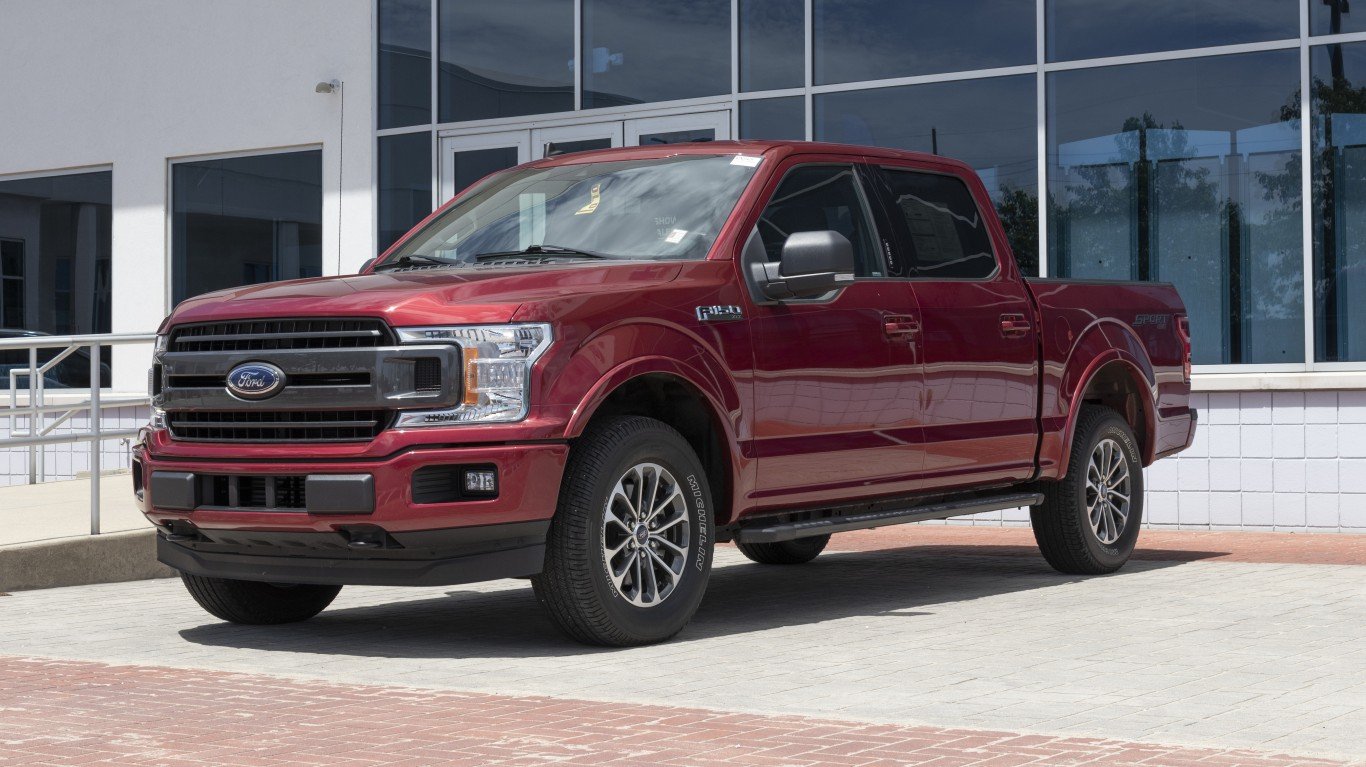
With the F-150, the priority was obviously put on capability and toughness. However, these priorities tend to come at the expense of a smooth ride. Compared to a car, the F-150’s ride will be stiffer. Trucks tend to prioritize a strong suspension for hauling, which translates to a bumpier road.
Some F-150 trims offer different suspension options. For a smoother ride, consider models with coil spring suspensions or those with specific comfort-oriented packages. These may not be as powerful as other options, though.
Your tire choices also matter. Larger wheels and low-profile tires make the ride harsher. Opting for smaller wheels with taller sidewalls can contribute to a more comfortable ride by absorbing bumps better.
While the ride isn’t the best compared to all vehicles, the F-150 does have a pretty good ride compared to other trucks.
Cost

The F-150 is expensive. Let’s just admit it. The base F-150 is the cheapest option, but models with all the bells and whistles can get extremely expensive! You can expect these trucks to reach well into the high fifties (and even higher).
On top of the truck being expensive, the fuel for the truck is also expensive. Prepare for frequent, costly trips to the gas pump, especially for city driving. Insurance premiums also tend to be on the higher side compared to a smaller car.
Routine maintenance costs for the F-150 are generally average for a truck. However, repairs for certain engine or drivetrain issues can be expensive.
That said, some of this might be offset by the trucks’ general durability and strong resale value. You may get more money out of the truck later, should you decide to resale.
Maneuverability
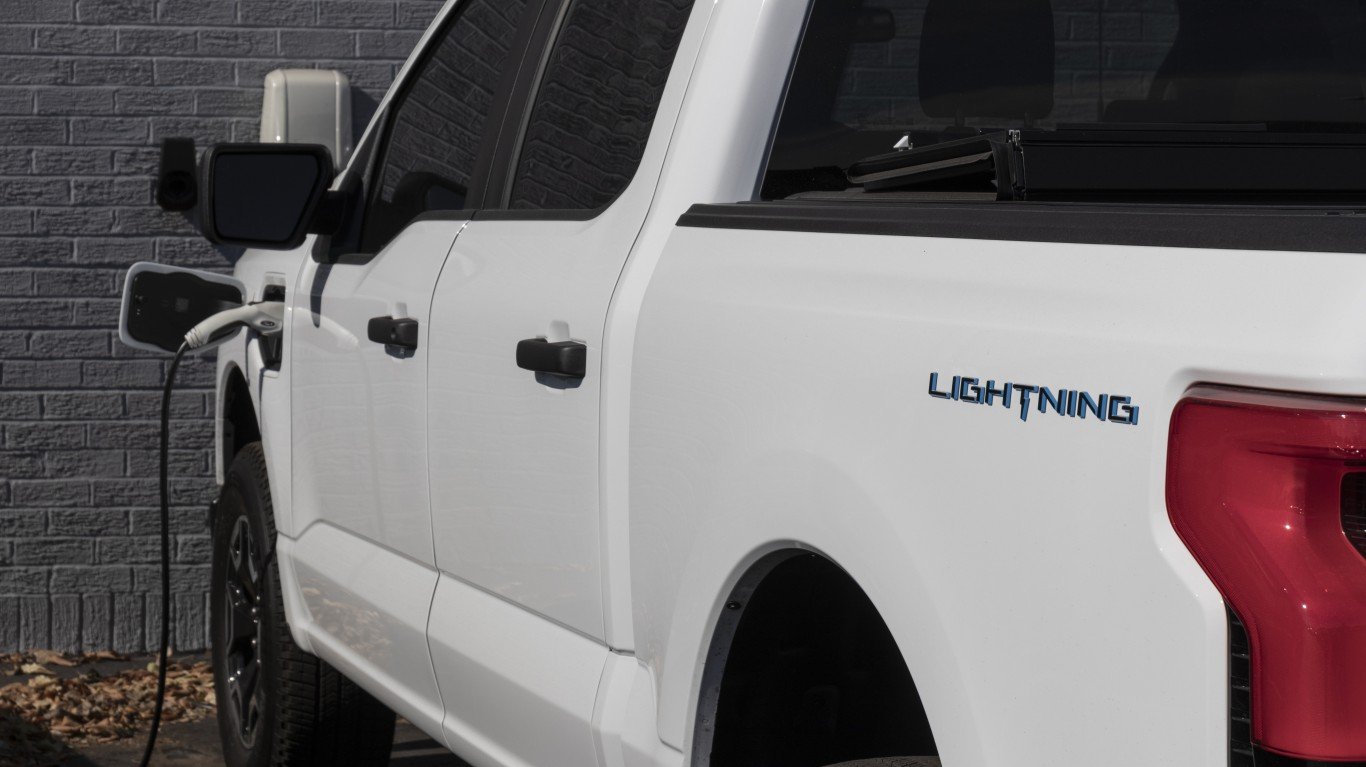
The F-150’s impressive size and off-road prowess come with a trade-off: navigating tight spaces can be a challenge. These trucks have a wider turning circle compared to smaller vehicles. They may be unable to navigate parking lots and maneuver tight streets. In urban areas, this becomes a serious challenge.
Luckily, to combat some of these parking difficulties, Ford has outfitted this trick with assistance technology like 360-degree camera systems and Active Park Assist.
For more maneuverability, you can opt for a regular cab with a shorter wheelbase, which willprovide a tighter turning radius compared to longer cabs.
Either way, the F-150 excels on open roads and highways. If you’re in an urban area, a different vehicle may be the better choice.
Infotainment System

The F-150’s infotainment system, SYNC, offers a range of features and functionalities, but it’s not without its quirks. Many people love the large touchscreen display, which is easy to see and use. It also has smartphone integrations through Apple CarPlay and Android Auto, allowing you to access your phone’s features while driving.
Built-in navigation is available in some trims, though the smartphone integration allows you to navigate on all trims.
That said, SYNC also has many layered menus, which can take a bit to figure out. Some users have also reported lag or slow response times with the SYNC system. This can be frustrating and confusing, especially when you’re driving.
While this system isn’t all bad, it isn’t all good, either.
Reliability
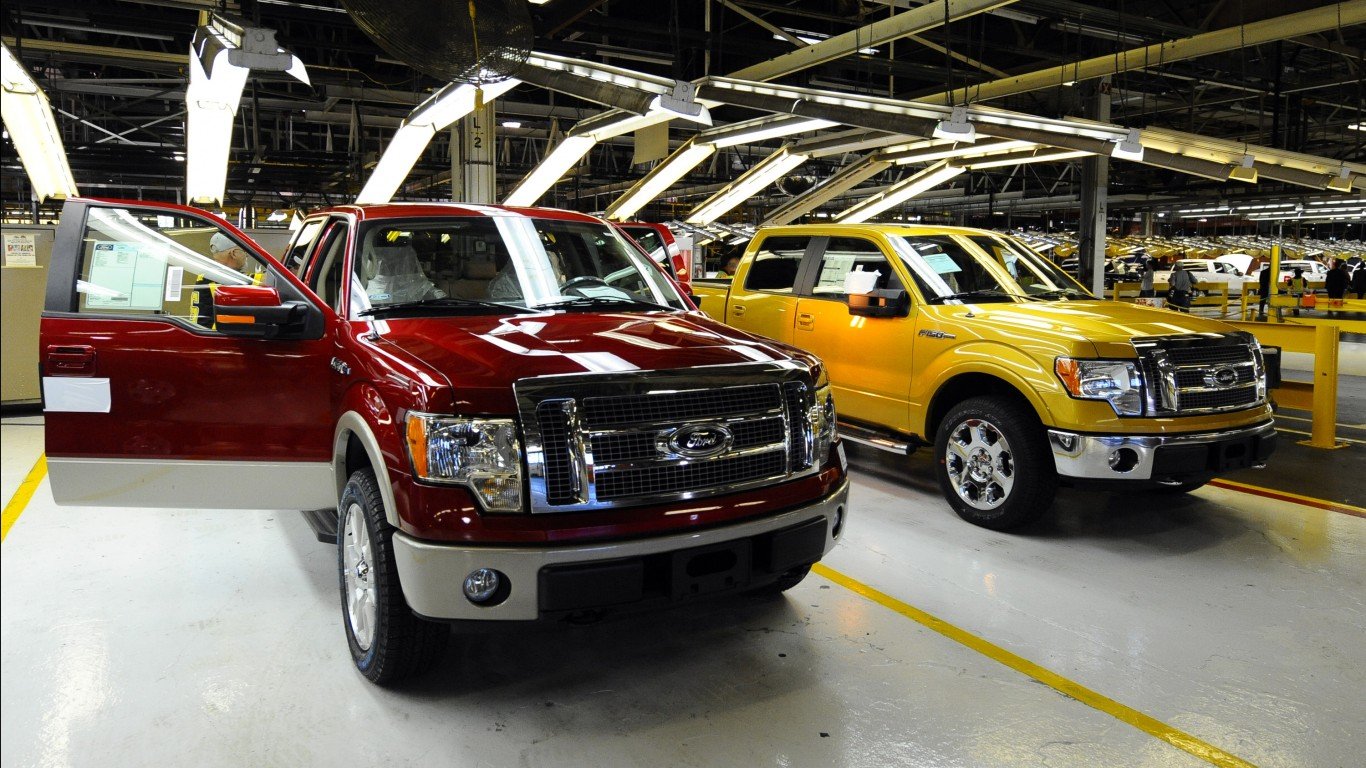
The F-150’s reputation for toughness typically makes them reliable. However, this isn’t a perfect picture. In some cases, F-150s are also unreliable. Reliability ratings depend largely on who you ask. Trucks overall tend to have lower reliability than cars, though, so even if an F-150 is good for a truck, it may not be more reliable than your average car.
The model year also matters. As with most cars, some years are better than others. Some specific years of the F-150 have reported more problems than others. For instance, the earlier V8 models have reported issues with spark plugs and other parts. These problems can be costly to repair, making these trucks cost even more.
Theft
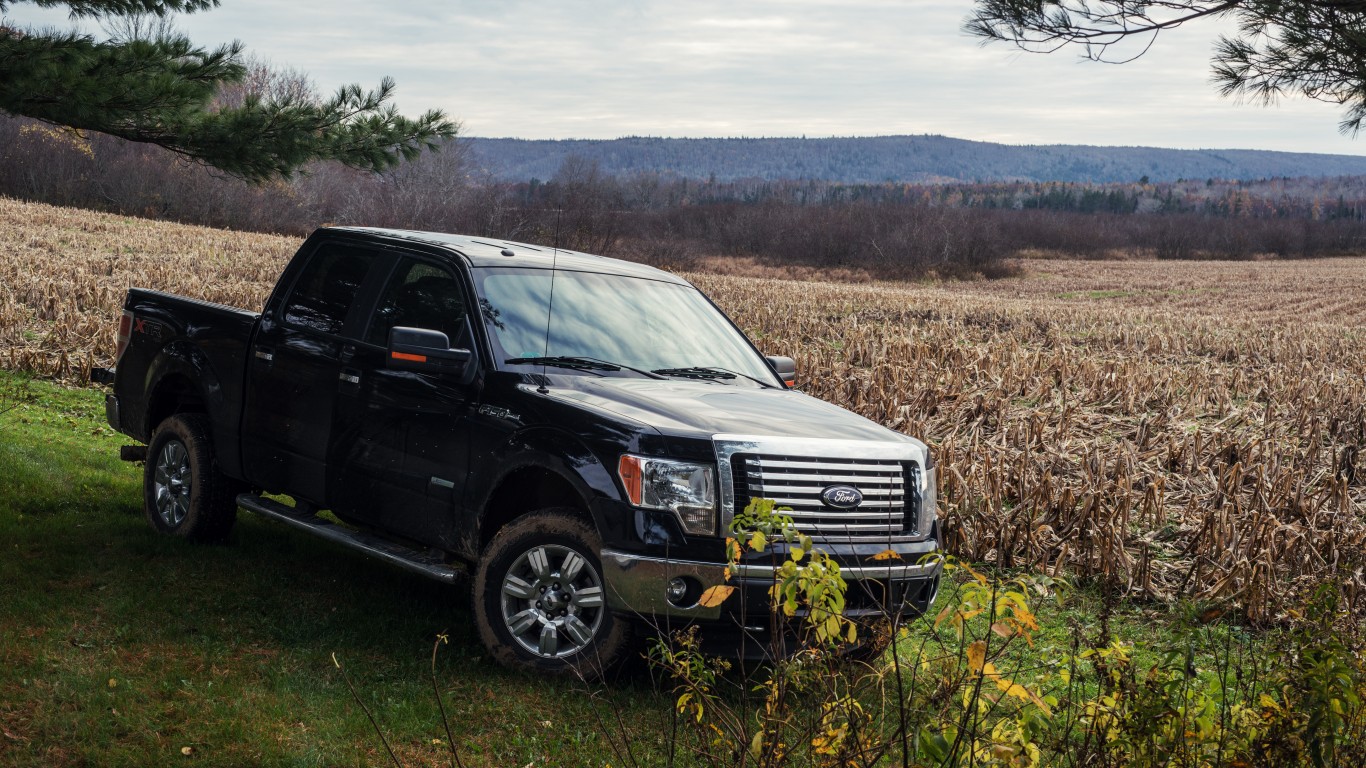
The F-150’s cost and immense popularity also make it a prime target for thieves. Because it holds its resell value well, thieves can make more money off an F-150 than other cars. The F-150’s popularity also creates a thriving market for used parts. Stolen trucks are often dismantled, and their parts are sold illegally.
Some stolen F-150s end up being shipped overseas to countries where these trucks are in high demand. Once overseas, tracking and recovering them becomes significantly more challenging.
In older F-150 models, there were some vulnerabilities in the truck’s security features, making them easier to steal for experienced thieves.
Blind Spots
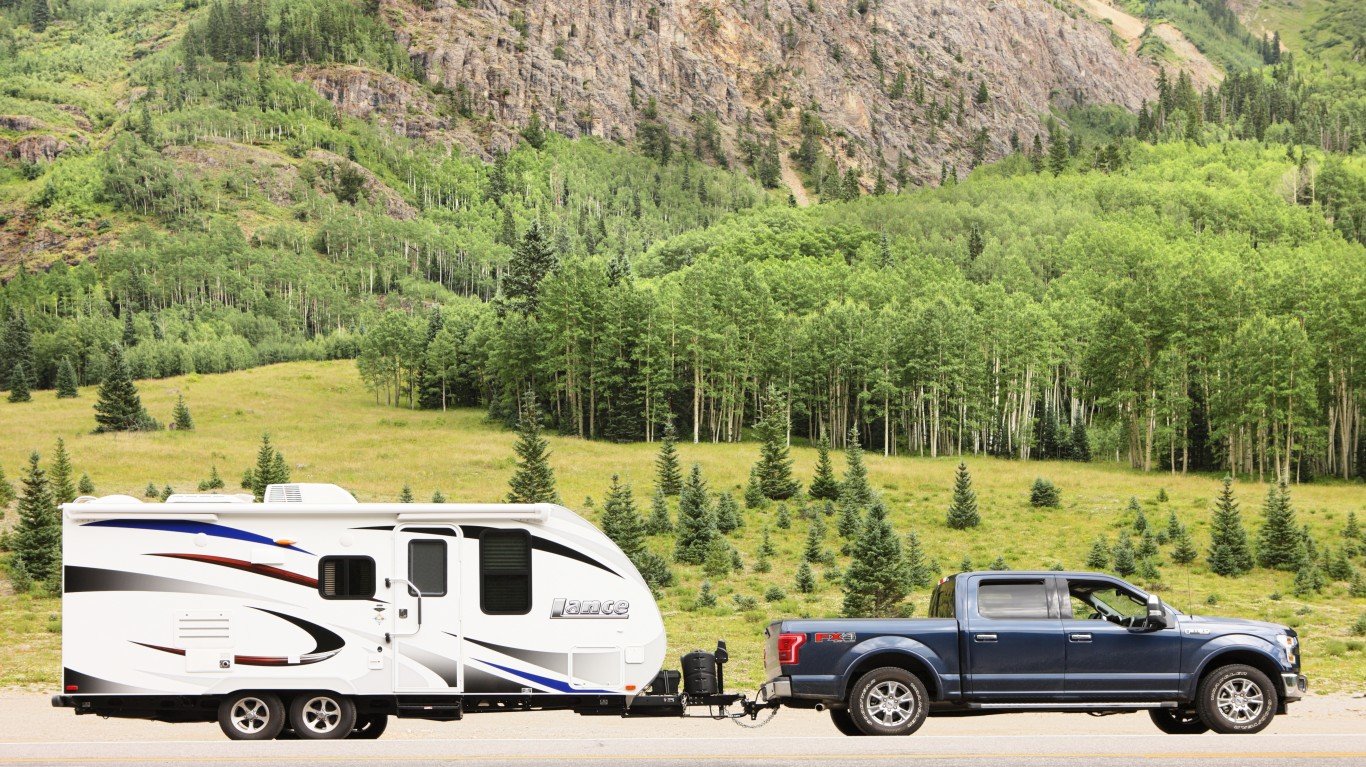
The F-150’s impressive size and powerful stance also come with a serious safety concern: large blind spots. The truck’s thick A-pillars and high beltline create significant blind spots in the front corners. This can make it challenging to see pedestriants, cyclist, and smaller vehicles.
The tall bed and wide rear pillars also make seeing out of the back a challenge. You may have a particularly hard time seeing vehicles that are low to the ground, like bicycles. Towing trailers only makes this problem worse.
While the F-150 comes with side mirrors in an attempt to reduce these blind spots, they don’t eliminate blind spots completely. The sheer size of the trucks means there will always be areas you cannot see directly.
Thankful, most F-150 trims have blind-spot monitoring systems. These systems use sensors to detect vehicles in your blind spots and provide alerts to warn you of the potential danger.
Environmental Impact

The F-150’s undeniable power comes with a significant environmental impact. Traditional F-150 engines consume a lot of fuel, as we’ve discussed. While this is bad for your wallet, it’s also bad for the environment. The expedient use of fuel translates to higher greenhouse gas emissions.
Beyond greenhouse gases, F-150s also emit pollutants like nitrogen oxides and particulate matter, which negatively affect air quality, especially in urban areas.
Ford is introducing a hybrid F-150 in 2024. This electrified version promises significant improvements in fuel efficiency and reduced emissions compared to traditional gasoline-powered models. In fact, Ford is currently one of the top EV brands. However, how well this works out in practice remains to be seen.
Tech Glitches
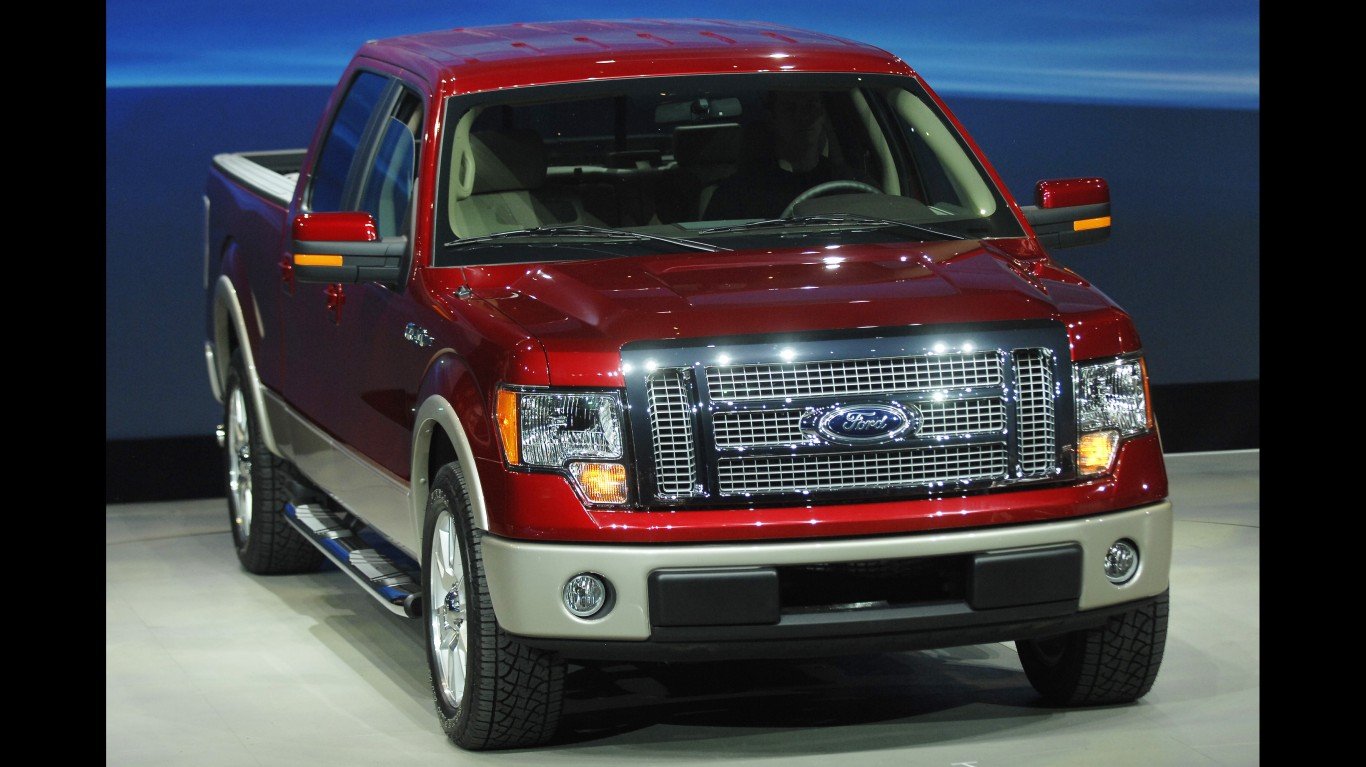
The F-150 has always been at the forefront of tech innovation. However, this also leads to more tech hiccups. As we’ve discussed, the SYNC system can sometimes suffer from glitches, such as lagging responses and random reboots.
While many of the safety features are top-of-the-line, they sometimes glitch, too. False positives are common with many of the driver-assistance features like lane departure warnings. Malfunctions in automatic braking can be particularly startling.
Some F-150 models also have a digital instrument cluster that displays important vehicle information. Sometimes, these readings can experience glitches and incorrect readings. Like with any complex machine, the F-150’s systems are more likely to experience glitches simply because there are many moving parts involved.
Thank you for reading! Have some feedback for us?
Contact the 24/7 Wall St. editorial team.
